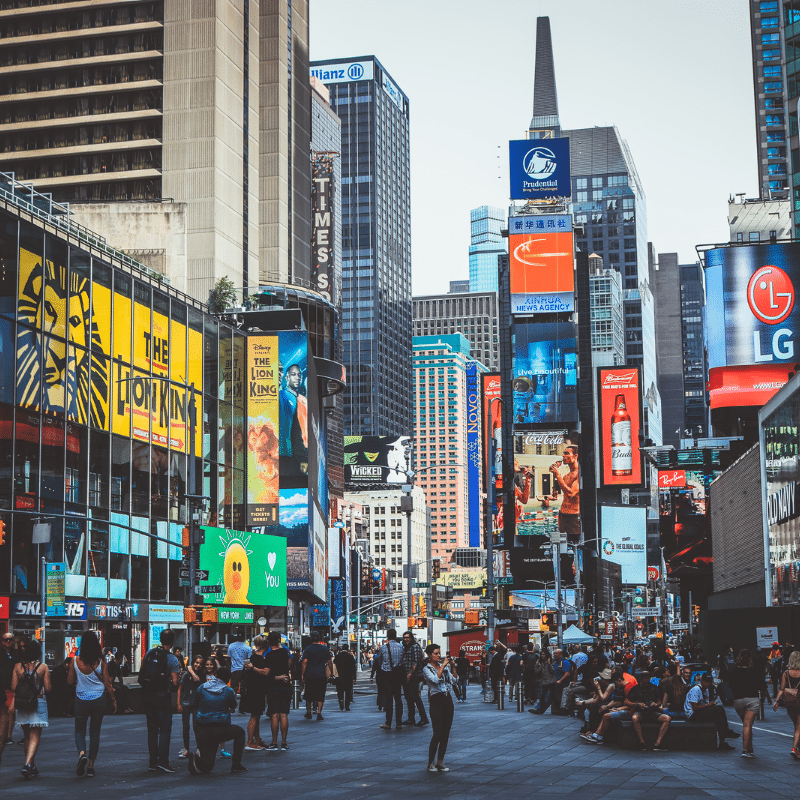In the bustling metropolis of New York City, where the iconic skyscrapers pierce the sky and millions of people tread upon its streets daily, an unseen phenomenon lurks beneath the surface—subsidence. Subsidence, a process characterized by the gradual sinking or settling of the Earth’s crust, poses a unique and captivating challenge to the city’s infrastructure and urban landscape. While the Big Apple may dazzle with its towering architecture and vibrant energy, this hidden underground menace demands attention and exploration. Here’s what geologists have uncovered about this phenomenon so far and if we should be concerned about this or not.

The Big Apple And It’s Big Problems
New York is one of the best cities you could be in if you enjoy a bustling environment. With millions of people commuting every day, countless vehicles, buildings, and skyscrapers dazzling our eyes 24/7, there’s something else that is constantly moving.

The ground! This cramped system of NYC has resulted in the city’s “sinking”. More than 1.7 trillion pounds of weight thrusts the NYC ground further below every day.
NYC Is Sinking
Since almost 2 trillion pounds of weight has been pushing this city deeper and deeper into the ground every day, residents and businesses are concerned about the threats it poses.

Pair it with continuously rising sea levels, and you speed up the process by almost two folds. Thus leaving us with even lesser time to come up with a solution.
Urbanization And Subsidence
Scientists have estimated that, on average, NYC is going almost 1 to 2 millimeters deeper every year. However, in some regions, it is as high as 4 millimeters annually (we still haven’t accounted for the rising sea levels)!

Urbanization and rapid construction have been stated as the primary reason for the rising risk of subsidence in a lot of major cities. As more and more skyscrapers are built, the ground finds it harder to keep itself together.
Geological Factors Affecting NYC Subsidence
The soil composition of an area plays a major role in determining its vulnerability to a situation like Subsidence. Manhattan, for example, is built on a mix of clay and sandy soil, which are prone to such issues.

Being covered by a glacier far before it became the “Big Apple”, New York was built up on accumulated silt and sedimentary particles that got deposited in this region. Which, again, is not a promising factor to help this situation.
Should We Be Concerned?
Jakarta, Indonesia, presented a similar case study of subsidence at one time, left unattended year after year; now, some regions sink by almost 1 foot per year! So certainly, this issue presents quite an interesting problem that should not be ignored.

One way to deal with it can be to replenish the sedimentary composition and groundwater by restoring the coastal wetlands. But the increasing business opportunities in these areas don’t seem to allow this easily.
